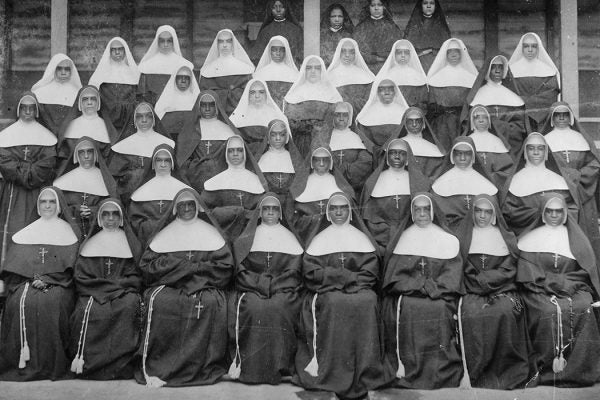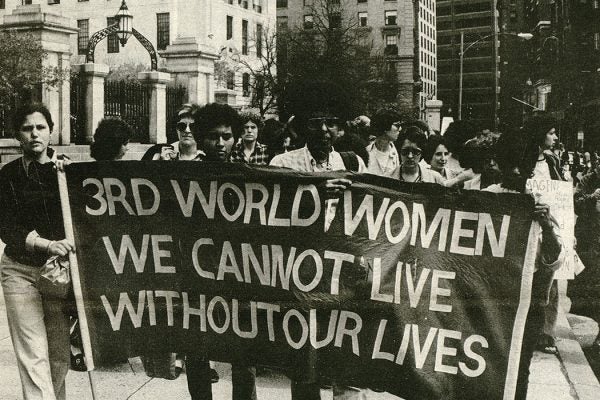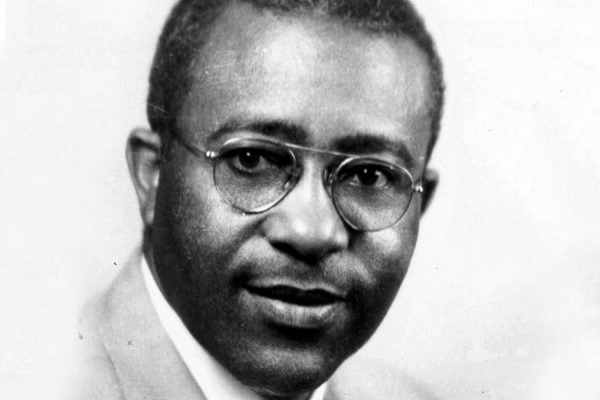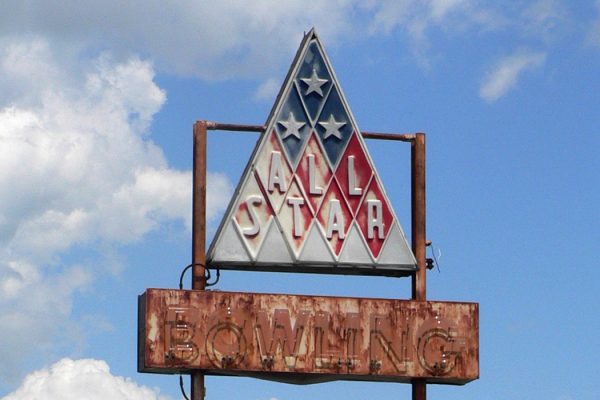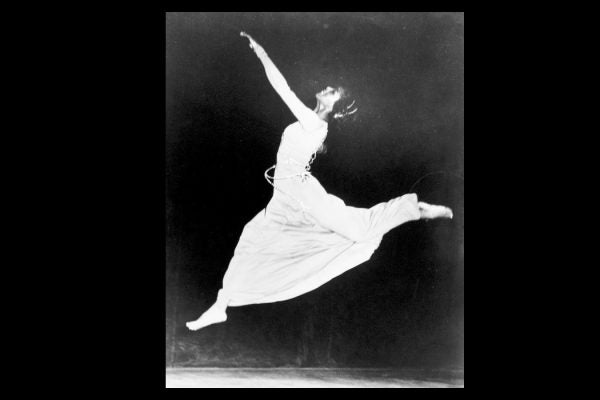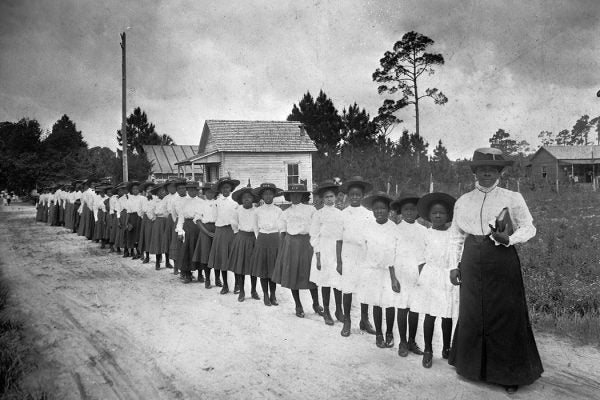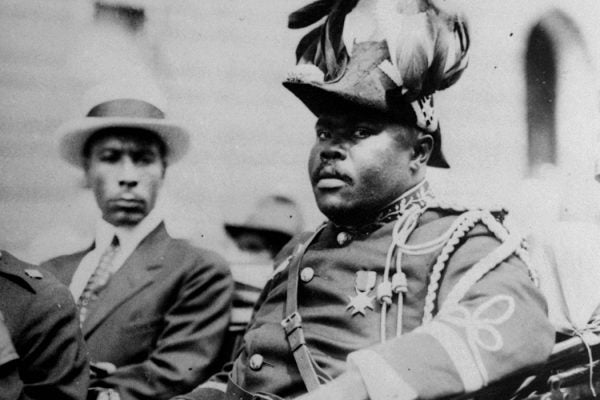Fairness on the Fairway: Public Golf Courses and Civil Rights
Organized movements to bring racial equality to the golf course have been part of the sport since the early 1900s.
The Los Angeles Renaissance
Black composers Bruce Forsythe and Claudius Wilson transcended barriers to create concert and classical music during this West Coast art movement.
The Hidden History of Black Catholic Nuns
The lives and roles of African-descended women who joined predominantly white Catholic convents was deliberately hidden by congregational historians.
The Combahee River Collective Statement: Annotated
The Black feminist collective's 1977 statement has been a bedrock document for academics, organizers and theorists for 45 years.
John B. Cade’s Project to Document the Stories of the Formerly Enslaved
A recently digitized slave narrative collection consists of original manuscripts compiled by John Brother Cade and his students at Southern University.
Desegregating Bowling Alleys
The bowling desegregation movement began during World War II, but wouldn’t end there.
The Zoot Suit Riots Were Race Riots
In 1943, white servicemen attacked young people of color for wearing the ultimate in street style—on the pretext that they were shirking wartime duty.
Teaching Black Women’s Self-Care during Jim Crow
Maryrose Reeves Allen founded a wellness program at Howard University in 1925 that emphasized the physical, mental, and spiritual health of Black women.
How Black Americans Fought for Literacy
From the moment US Army troops arrived in the South, newly freed people sought ways to gain education—particularly to learn to read and write.
Marcus Garvey’s Journey Began in Central America
Marcus Garvey left Jamaica unemployed, an anti-colonial trade unionist who British authorities considered dangerous.


